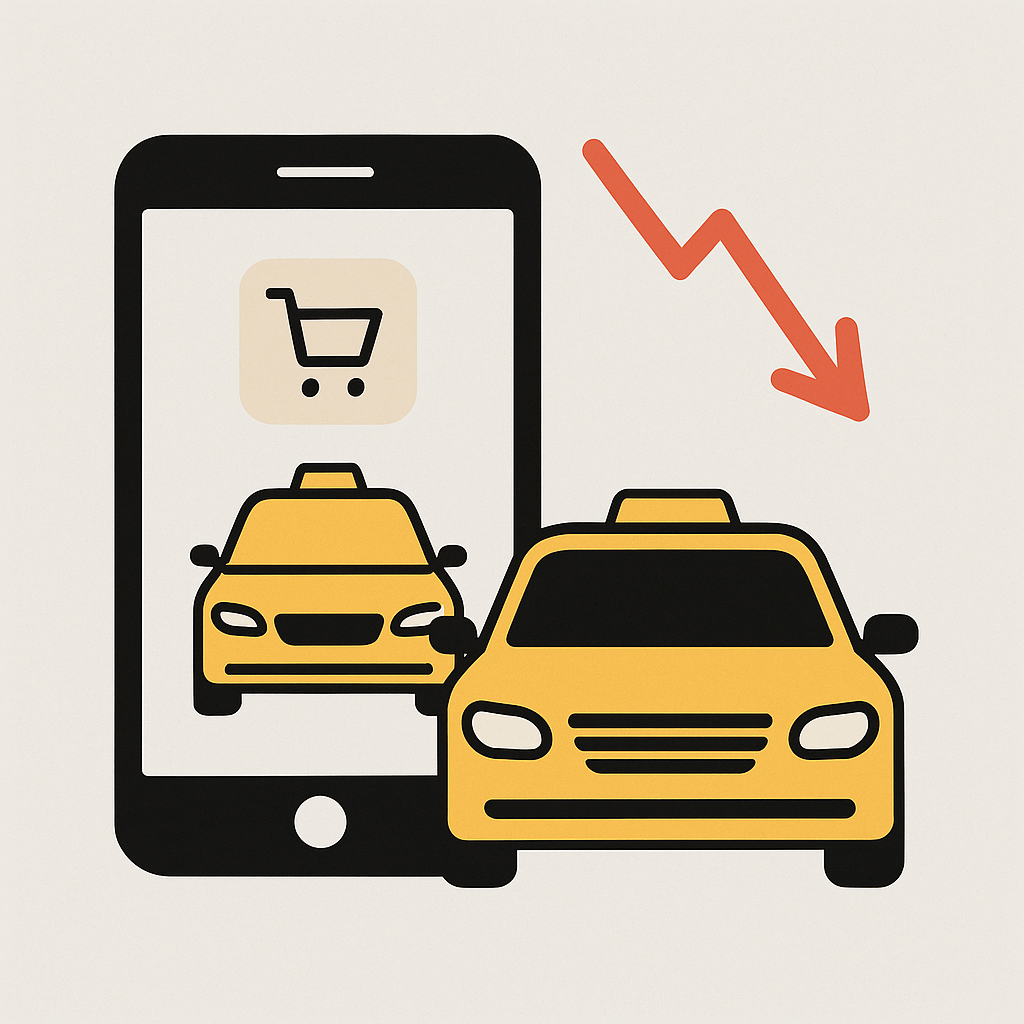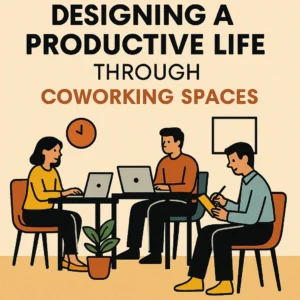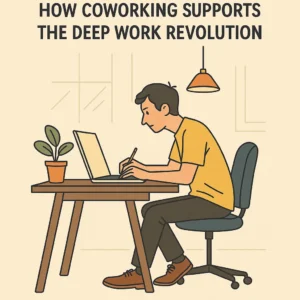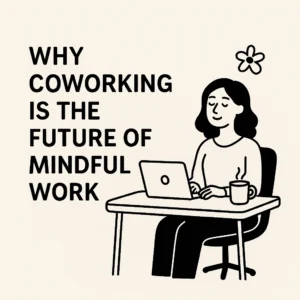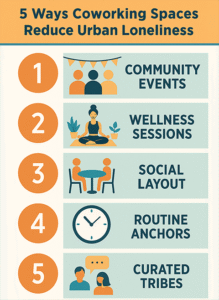Let’s explore what happened to BluSmart through a detailed case study.
Every market rewards momentum. But eventually, it prices in fundamentals.
BluSmart began like a breath of fresh air in a polluted cab landscape. No surge pricing. No rude drivers. Fully electric vehicles. Clean, quiet, socially responsible — it was what every frustrated Uber or Ola user in India hoped for. And for a while, it worked.
They didn’t sell rides. They sold trust.
They didn’t rent cars. They sold control.
They didn’t just raise capital. They raised expectations.
But behind the mission, as with every startup, were trade-offs, burn rates, and scaling decisions that would shape its fate. This isn’t a story of good vs bad. It’s a study of incentives, decisions, and the gravity that drags every startup back to first principles.
Every startup starts with a bet.
BluSmart’s bet was noble: that a fully electric, ride-hailing network with salaried drivers, zero surge pricing, and clean mobility could win in India’s chaotic transport landscape. It tried to reinvent not just how people move, but how they feel while moving.
But capitalism doesn’t reward idealism alone. It demands architecture — business model integrity, economic leverage, and institutional clarity.
So, what really happened to BluSmart?
Let’s unpack the rise, the friction, and the reckoning — not as a takedown, but as a diagnostic lens for every founder building in complex ecosystems.
A Deep-Dive into the Collapse of India’s Clean Mobility Bet
In every great startup story, there’s an inflection point. It’s not always loud. Sometimes it’s hidden in the spreadsheet, masked by exponential downloads or glowing PR. Sometimes, it’s just one tiny, overlooked truth: unit economics don’t lie.
BluSmart — India’s ambitious electric ride-hailing startup — launched with a proposition that resonated across the spectrum: EVs, salaried drivers, no surge pricing, and an ethical business model.
It was clean in all senses — energy, pricing, intention.
But the road from virtue to viability is paved with brutal tradeoffs.
This post is not just an obituary or critique. It’s a founder’s lens. A layered blueprint of what happens when vision collides with infrastructure, idealism outpaces economics, and marketing masks the weight of entropy. It’s also a mirror — because what happened to BluSmart could happen to any startup that builds around hard truths rather than through them.
Let’s take the long walk through this story — in 3 dimensions:
- What BluSmart got right
- Where it quietly broke
- How to design a model that doesn’t collapse under its own ambition
Explore our podcast
The Dream and the Delta
The Landscape
India’s ride-hailing space in 2019 was ripe for disruption. Uber and Ola had flooded the market with gig drivers and dynamic pricing, but two cracks were becoming fault lines:
- User trust was eroding — drivers cancelled frequently, prices surged illogically.
- Drivers were burning out — rising fuel costs, declining incentives, zero benefits.
Into this chaos came BluSmart, claiming a new middle path.
They positioned themselves as the first all-electric, fully owned fleet with salaried drivers and no surge pricing.
On paper, it ticked all the boxes:
- ESG-aligned
- Clean and green
- Operationally controlled
- Tech-integrated
- Publicly friendly
It was built for narrative product-market fit, not just functional one.
And the narrative was seductive.
BluSmart’s Operating Model
Let’s simplify the operating blueprint using a ride cycle.
A day in BluSmart operations:
- 5 AM: Fleet is charged overnight (cost incurred: ₹80–₹100 per vehicle)
- 6 AM: Drivers begin pre-routed trips (mostly to airports)
- 9 AM–12 PM: Mid-day demand softens; vehicle utilization drops
- 1–5 PM: Lunch + scattered bookings
- 5–10 PM: Second peak — evening commutes, airport returns
- 10 PM–2 AM: Vehicle recharge window
- Monthly: Salaries paid, EV EMIs debited, maintenance logs updated
Seems simple? Now add the real-world variables:
- Charging infra downtime
- Power grid instability
- Driver absenteeism
- App crashes
- Customer no-shows
- Flat tires
- Government regulation on EV subsidies
- Unforeseen macro shocks (fuel prices, grid outages, policy changes)
This is not a tech platform. It’s infrastructure-heavy logistics with low margin for error.
BluSmart essentially built a bus company disguised as a ride-hailing app.
The Financial Core: Unit Economics Breakdown
Let’s strip this to per-ride numbers based on estimates from leaked reports and investor briefings.
| Category | Estimate (INR) |
|---|---|
| Average fare per ride | ₹200 |
| Driver salary (per ride avg) | ₹90 |
| Electricity cost | ₹30 |
| Depreciation + EMI | ₹50 |
| Maintenance & infra | ₹20 |
| App + tech overhead | ₹10 |
| Total Cost | ₹200 |
| Net Margin (before burn) | ₹0 |
There’s no room for profit.
Now factor in:
- Idle time
- Charger bottlenecks
- Ride cancellations
- Customer support costs
- Institutional inefficiencies
BluSmart was essentially paying users to take clean rides — in hopes that scale would change the math.
But scaling a flawed equation only compounds losses.
Cracks Beneath the Chrome
1. Asset Ownership Fallacy
BluSmart’s biggest deviation from its peers: full fleet control.
They leased or owned EVs directly, unlike Uber/Ola who worked with independent drivers. This gave them control over experience — but buried them under capital-heavy commitments.
Ownership = responsibility.
Every asset came with:
- EMI burden
- Insurance
- Maintenance
- Depreciation
- Liability
This wasn’t tech growth. It was real-world entropy disguised as growth.
2. Salaried Driver Fragility
The salaried model was noble. Drivers received:
- ₹15k–₹25k monthly
- Fixed hours
- Training
- Benefits
But this created an operational rigidity Uber avoided:
- No incentive to hustle during peaks
- Idle cost during low-demand hours
- Complex human resource operations
It’s hard to build Uber-sized liquidity with metro-style rigidity.
3. Charging Infrastructure Fallacy
To charge EVs at scale in Indian metros, you need:
- Land
- Reliable grid access
- Load sanctioning
- Backup power
- Maintenance staff
- Security
BluSmart had to build or lease EV hubs — which meant turning into an infra company. This is capital-intensive and brutally hard to optimize.
Every charger they installed had:
- Downtime
- Grid lag
- Real estate overhead
- Conflict with DISCOM rules
4. No Surge = No Safety Net
Surge pricing isn’t evil. It’s demand-signal economics.
BluSmart, in a bid to stay user-friendly, removed this lever entirely. But without surge, they had:
- No way to reward drivers for peak time
- No friction to delay low-urgency trips
- No elasticity to stabilize ride volumes
They couldn’t control demand without punishing supply — and vice versa.
5. Subsidy Dependence and Policy Whiplash
In India, early EV adoption was fueled by:
- FAME II incentives
- State EV policies
- Green-tech VC money
BluSmart relied heavily on:
- EV subsidies to lower fleet cost
- Waivers for electricity tariffs
- State-sanctioned charger approvals
But in late 2023, regulatory clarity wavered:
- FAME disbursements slowed
- Audits increased
- New subsidy tranches got delayed
Suddenly, BluSmart’s funding assumptions cracked. Government support turned from catalyst to bottleneck.
Allegations and Trust Breakdown
In early 2024, BluSmart was hit with whistleblower leaks:
- Internal pitch decks inflated daily ride volumes
- Shell firms used for vehicle leasing, traced back to senior execs
- Founders accused of funneling investor capital through third-party entities
- Lenders raised alarms on delayed EMI payments and subsidy misuse
Multiple journalists began receiving screenshots from former employees:
- Discrepancies between investor decks and internal numbers
- Complaints of unpaid vendor bills
- EV vendors citing payment delays exceeding 120 days
By Q2 2024:
- Several investors froze fresh disbursements
- Government agencies paused subsidy clearances
- BluSmart’s brand trust collapsed in days
The Invisible Cracks: Founder-Market Mismatch
BluSmart’s founders came from energy, infra, and analytics backgrounds. Smart, capable, driven.
But ride-hailing is an operational beast. It’s not just about technology. It’s about:
- Route optimization
- Driver psychology
- Regulatory anticipation
- Human logistics
- Micro-incentive design
- Geo-specific modeling
This required a team with deep mobility DNA — which they lacked.
No amount of clean branding can paper over founder–model misfit.
Could BluSmart Have Won?
Yes — but not with that model.
Let’s break down what a viable reinvention canvas would look like:
Business Model Reinvention Canvas
| Building Block | Recommendation |
|---|---|
| Customer Segment | Focus on B2B: airport fleets, corporate shuttles |
| Value Proposition | Predictable EV transport with bulk pricing |
| Revenue Streams | Monthly contracts, charging as a service |
| Key Resources | Data, charging infra, driver network (on contract) |
| Cost Structure | Asset-light: lease to third-parties |
| Customer Channels | Partnerships, corporate RFPs, aggregator tie-ins |
| Activities | Fleet ops, software maintenance, CRM |
A B2B-first, fleet-leasing, EV-infra middleware is a stronger model than trying to beat Ola on price and Uber on experience.
Closing: What Founders Should Take Away
- Don’t model your startup on exceptions.
Just because Tesla owns its factories doesn’t mean you should own EVs. - Ethics ≠ Economics.
Paying drivers fairly is good. But ensure the model funds that fairness sustainably. - Control isn’t leverage.
Ownership of every layer feels powerful — until it collapses from complexity. - Narrative must serve numbers.
Don’t raise funding on philosophy. Raise on spreadsheets that sing the same story. - Governance is not optional.
What you hide early becomes what you answer for later.
In the end, BluSmart was not a bad idea.
It was a beautiful dream that tried to fly without wings of leverage, rigor, or alignment.
Its failure is not a warning against idealism.
It’s a lesson in designing models that can bear the weight of ambition.
If you’re curious, also read about what happened to BYJUs
If you’re a startup founder, submit your startup story for free with us
Did you know? Startups like to use our coworking space in Bangalore
Learn more about our coworking space on our YouTube channel Work Theater Studios where we talk about a variety of topics including personal finance, entrepreneurship, business and life.
